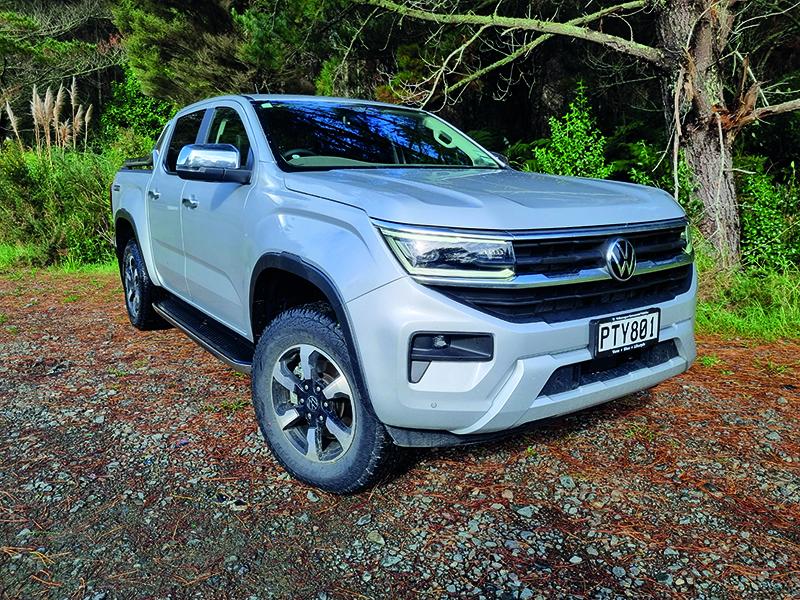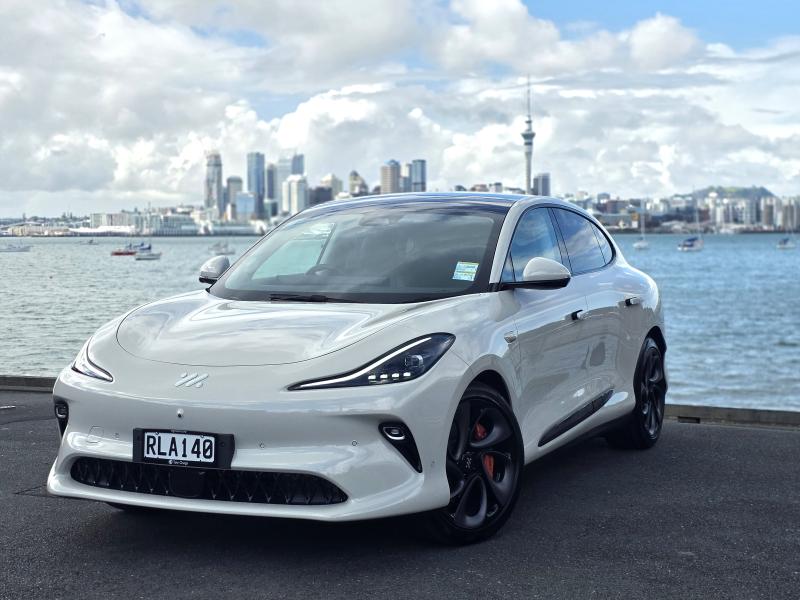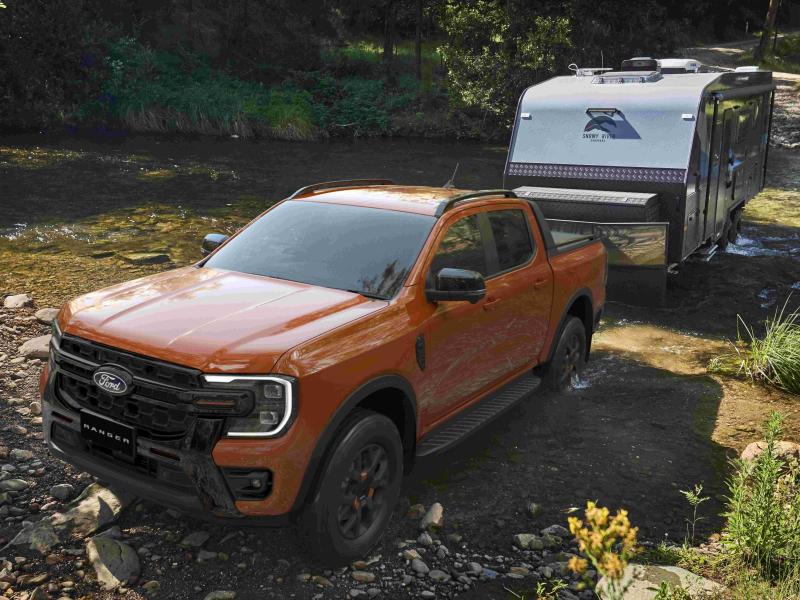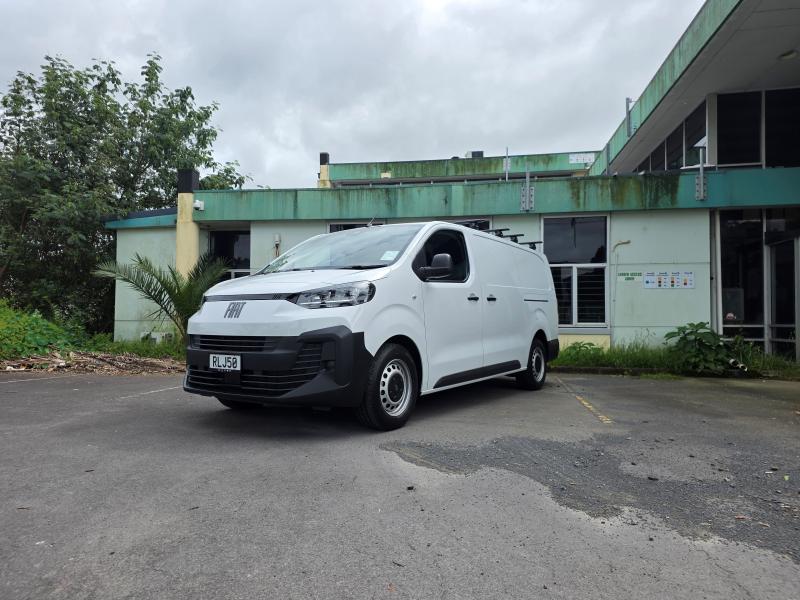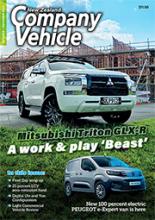The most eagerly awaited utility of 2023 has arrived! And while the Volkswagen Amaroks arrived ahead of schedule, the first shipment of over 200 units were sold before they cleared Customs.
Indeed, Amarok’s initial sales for 2023 set a record for Volkswagen New Zealand giving credence to the anticipation of the second generation of the model.
Amarok’s history here goes back 13 years and back in 2010, the world was a very different place: we’d never heard of iPads until that year and Instagram hadn’t been invented. Neither had One Direction, though we understand the members had seen their voices drop – most of them anyway.
Of greater relevance to the ute market, this was in full swing four out of the top six selling vehicles were utes and 2010 saw the 10th year of consecutive vehicle growth and yes, it was the utes carrying the load.
Between then and now, 7,700 Amaroks had found their way into the hearts of a diverse cross section of Kiwi buyers, including a very staunch group of owners with a fondness for V6 engines.
Volkswagen NZ is anticipating the first year of Amarok sales to be a modest one, with a ballpark sales figure of 950 units.
In 2024, Amarok is predicted to go from the basement and break through the 1000-unit glass ceiling and just quietly, we reckon it just might do it.
For all that Amarok is part of a joint venture with another not insignificant ute manufacturer – Ford for those who didn’t know the ute world’s worst kept secret – it is not a joint venture as we are used to seeing.
Many brand pair-ups have survived by using similar agreements, but usually, there is one dominant player who leads the dance, while the other tends to fall under the leading brand’s shadow.
This will not be the case with the Amarok. In the first instance, both parties agreed – though at Volkswagen’s insistence – that Amarok must retain its Volkswagen DNA in quality of fitment and quality of ride.
There were other non-negotiable items: Amarok must have a 3500kg towing ability across the range, it must be able to retain its Euro pallet sized cargo tub, must have rear disc brakes, a V6 had to be available, and the ute had to have SUV-like handing.
And as ‘nice-to-have’ features, Amaroks needed to have an 800mm wading depth, a mechanical diff lock and an electronic parking brake; all of which have been incorporated across the range.
This all sounds somewhat demanding, but everything was overseen by 20 Volkswagen engineers who were based in Geelong Australia for four years ensuring the quality of the build and at the same time making sure the Amarok was built with Antipodean conditions in mind.
Unlike other ute JVs we have seen in the past, there is very little common ground between the Amarok and the Ranger to visually connect the two. Key to the Amarok’s design independence for example, are the Amarok’s squared off wheel arches, which is an interesting element more suited to US market appeal, particularly with the mega utes such as the RAM and the Silverados.
There are four Amaroks in our local line up, starting with the entry level Life, going into the Style, followed by the all-new PanAmericana and the top-of-the-line Aventura, these last two powered by V6 diesels.
There is some discussion about Volkswagen NZ bringing in a handful of petrol V6’s for evaluation. Any takers? Volkswagen is keen to know of any interest.
For the second-generation Amarok, Volkswagen has developed two 4MOTION four-wheel-drive systems, a part-time set up for the Life and Style models and a selectable 4MOTION system for the PanAmericana and Aventura. The difference?
The part time system allows for 2WD and 4WD H ratios for highway applications and a 4WD L off-road specific ratio.
The Selectable system has the same thing but adds four-wheel-drive automatic mode specifically for driving through various terrains and allows for four-wheel-drive application as the conditions warrant.
In 2WD mode, the Amaroks are rear wheel drive. With the 4A mode of the Selectable system, front to rear power distribution can vary from 0 to 100 percent or 50/50 as the vehicle determines. In 4H 4WD on-road mode, power distribution is 50/50 just as it is for 4L 4WD, but this last only permits driving up to 20km/h.
The rear mechanical differential lock rotates the rear wheels at the same speed, which can assist with traction. In extreme situations when 4L 4WD is selected, the rear diff lock is available to engage at any speed with the push of a button. In every other drive setting, diff lock is only available at under 40km/h.
As well as all of this, all Amaroks have selectable drive modes, Normal, Eco, Slippery and Trailer, though PanAmericana and Aventura gain Mud/Track and Deep Snow/Sand modes, being these two are the hardcore off-road variants.
Of the oil-burning quartet, there is a very clear and linear progression of specification increase, each model adding to the already extensive level of specification and features of the Life model – the only Amarok with a six-speed automatic transmission.
The features include: 17-inch alloys, LED head and fog lights, heated external mirrors, multifunction leather steering wheel, 12-inch touchscreen infotainment screen, front and rear parking sensors and a safety suite including new features for Amarok such as lane keep assist, blind spot monitor, traffic sign recognition, adaptive cruise control and autonomous emergency braking, all delivering a five star ANCAP safety rating. The list gets longer – and better – the further up the Amarok chain you go.
AMAROK RANGE
• LIFE two-litre, 125kW/405Nm, four-cylinder with six-speed automatic and P/T 4MOTION $65,000
• STYLE two-litre, 154kW/500Nm, four-cylinder with 10-speed automatic and P/T 4MOTION $75,000
• PANAMERICANA three-litre, 184kW/600Nm, V6 with 10-speed auto and selectable 4MOTION $88,000
• AVENTURA three-litre, 184kW/600Nm, V6 with 10-speed automatic and selectable 4MOTION $90,000


